Product Photography vs. Photorealistic 3D Product Rendering
Product photography and photorealistic 3d product renderings get right to the heart of selling a product (or even just an idea, in some situations): people want to see what it is they are buying before opening that wallet and sliding out the credit card. And the better the product looks in the image, the more likely your customers are to purchase the item. Both mediums have a rightful place in the visualization market; let’s explore the benefits of using one over the other.
Photorealistic rendering software has become so advanced these days that most people can’t tell the difference between a rendering and a photograph. Rendering a product requires building a complete 3D CAD model, which can be time consuming and expensive if the geometry is complex and the number of components is high. Once the 3D model is created and the “digital studio environment” is set up, however, making changes to things like material colors and finishes is very simple and cost effective. Additionally, you can do things in renderings that would be physically impossible with a photograph, such as making certain components transparent, creating cutaway views, floating objects in space, etc. It also becomes very easy to show comparisons (e.g. a lineup of products showcasing different possible color or texture schemes).

Product photography has the obvious benefit of not requiring the expense of creating a 3D model. If the product’s geometry is very complex and the limited amount of desired views & comparisons doesn’t warrant the time required to create a versatile 3D model, product photography can be a very cost effective means of visualizing your product. Also, while metals, plastics, and woods render very well, textiles and fabrics are often better suited to being photographed.

In summary, here are a few general rules of thumb to help guide you when deciding between product photography or 3D rendering:
A product is better suited to photorealistic rendering when your project matches these criteria:
- Need to visualize physically impossible situations such as internal components or cutaway views
- The product has not yet been manufactured
- Want to include many combinations of different backgrounds, material colors, textures, scenes, etc
- Product is metal, plastic, rubber, or wood
A product is better suited to product photography when your project matches these criteria:
- Product geometry is very complex (lots of 3D contours, etc that would be time-intensive to model)
- The required views, materials, colors, etc have already been defined
- Product contains lots of fabrics or textiles
- Product has already been manufactured

